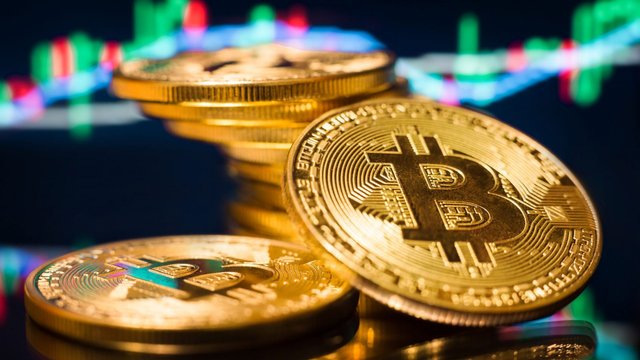Bitcoin – What is the rational goal for 2025?
The price of bitcoin in 2025 will hinge on three key factors: macroeconomics, geopolitics, and the involvement of nation-states. The macroeconomic environment plays a crucial role, especially in how the US manages its budget and debt levels.
Despite the recent excitement surrounding the DOGE initiative, launched by Elon Musk and Vivek Ramaswamy, the reality is that the US budget is unlikely to reach balance anytime soon.
Since 2021, cumulative inflation has reached approximately 25% in the US and Europe. This inflation affects everyday people deeply, as they struggle with rising costs without substantial investments in real estate or other appreciating assets. As a result, many are turning to bitcoin, appreciating its potential as a safeguard against inflation.

In 2024, the US M2 money supply grew by 3.6%. This pace is expected to quicken in 2025, aligning with a long-term growth trend of 7%. This increase is fueled by lower interest rates, making borrowing more accessible for households and businesses alike.
Inflation rates hovered near 3% in the US during 2024. The anticipated rise in energy production, championed by former President Donald Trump, could improve productivity and help temper inflation.
Enhanced productivity stems from efficient energy use, where more energy can drive down the costs of goods and services. However, achieving a significant increase in oil output is not straightforward and will require considerable time, if it is possible at all.
Even if consumer prices do stabilize, asset inflation will persist due to a relentless increase in the money supply. The fiat currency system operates on a model that requires continuous inflation to sustain itself. While this system has its drawbacks, it is often viewed as the least unfavorable option as societies tend to improve towards more efficient systems.
Historically, during stable periods, wages have generally kept pace with productivity improvements. Unfortunately, this balance has unraveled as traditional resources have dwindled, particularly in the case of easily accessible oil.
When considering bitcoin, a potential strategic reserve could have significant implications. Regardless of challenges, Donald Trump is expected to push for a national bitcoin reserve. The most straightforward approach would be an executive order that designates the approximately 200,000 bitcoins already held by the US as an official reserve, which would bolster confidence in bitcoin's value significantly.
The impact of this move could be far-reaching, inspiring other nations to follow suit, especially in light of past mistakes, such as when Germany's former finance minister sold 50,000 bitcoins at an unfavorable price. In an even more ambitious scenario, the Trump administration could aim to acquire hundreds of thousands, or even millions, of bitcoins.
While this is an unlikely prospect, it remains within the realm of possibility. Such a strategy would align with Trump's goal of revitalizing American industry, which would necessitate a weaker dollar—a goal that could be achieved through significant bitcoin acquisitions on the global market.
In summary, the future of bitcoin is poised at the intersection of economic trends, political actions, and strategic national efforts. The evolving landscape highlights a complex interplay of factors that will shape its value in the coming years.
Warning,
This user was downvoted or is blacklisted likely due to farming, phishing, spamming, ID theft, plagiarism, or any other cybercrime operations. Please do your due diligence before interacting with it.
If anyone believes that this is a false flag or a mistake, consider reaching the watchers on Discord.
Thank you,